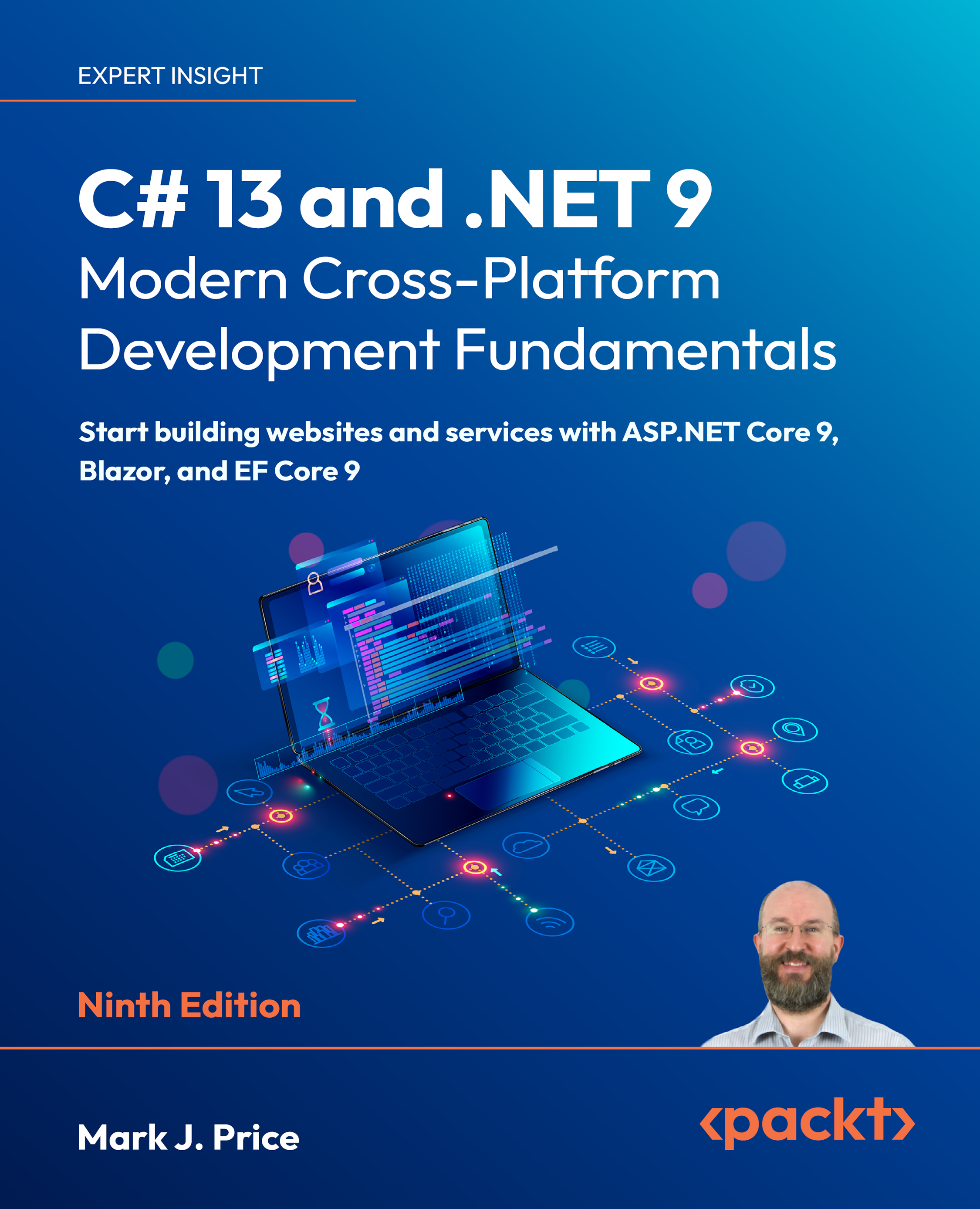Evan You started working on the first prototype of Vue in 2013, while working at Google, using Angular. The initial goal was to have all the cool features of Angular, such as data binding and data-driven DOM, but without the extra concepts that make this framework opinionated and heavy to learn and use.
The first public release was published on February 2014 and had immediate success the very first day, with HackerNews frontpage, /r/javascript at the top spot and 10k unique visits on the official website.
The first major version 1.0 was reached in October 2015, and by the end of that year, the npm downloads rocketed to 382k ytd, the GitHub repository received 11k stars, the official website had 363k unique visitors, and the popular PHP framework Laravel had picked Vue as its official frontend library instead of React.
The second major version, 2.0, was released in September 2016, with a new virtual DOM-based renderer and many new features such as server-side rendering and performance improvements. This is the version we will use in this book. It is now one of the fastest frontend libraries, outperforming even React according to a comparison refined with the React team (https://vuejs.org/v2/guide/comparison). At the time of writing this book, Vue was the second most popular frontend library on GitHub with 72k stars, just behind React and ahead of Angular 1 (https://github.com/showcases/front-end-javascript-frameworks).
The next evolution of the library on the roadmap includes more integration with Vue-native libraries such as Weex and NativeScript to create native mobile apps with Vue, plus new features and improvements.
Today, Vue is used by many companies such as Microsoft, Adobe, Alibaba, Baidu, Xiaomi, Expedia, Nintendo, and GitLab.
 United States
United States
 Great Britain
Great Britain
 India
India
 Germany
Germany
 France
France
 Canada
Canada
 Russia
Russia
 Spain
Spain
 Brazil
Brazil
 Australia
Australia
 Singapore
Singapore
 Canary Islands
Canary Islands
 Hungary
Hungary
 Ukraine
Ukraine
 Luxembourg
Luxembourg
 Estonia
Estonia
 Lithuania
Lithuania
 South Korea
South Korea
 Turkey
Turkey
 Switzerland
Switzerland
 Colombia
Colombia
 Taiwan
Taiwan
 Chile
Chile
 Norway
Norway
 Ecuador
Ecuador
 Indonesia
Indonesia
 New Zealand
New Zealand
 Cyprus
Cyprus
 Denmark
Denmark
 Finland
Finland
 Poland
Poland
 Malta
Malta
 Czechia
Czechia
 Austria
Austria
 Sweden
Sweden
 Italy
Italy
 Egypt
Egypt
 Belgium
Belgium
 Portugal
Portugal
 Slovenia
Slovenia
 Ireland
Ireland
 Romania
Romania
 Greece
Greece
 Argentina
Argentina
 Netherlands
Netherlands
 Bulgaria
Bulgaria
 Latvia
Latvia
 South Africa
South Africa
 Malaysia
Malaysia
 Japan
Japan
 Slovakia
Slovakia
 Philippines
Philippines
 Mexico
Mexico
 Thailand
Thailand
















